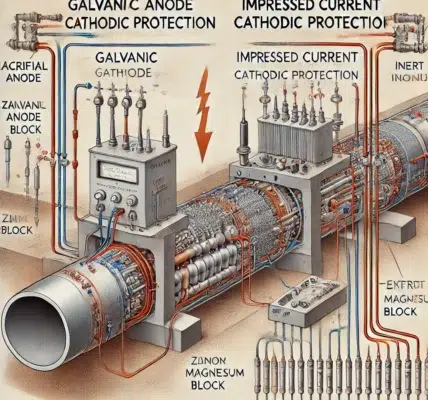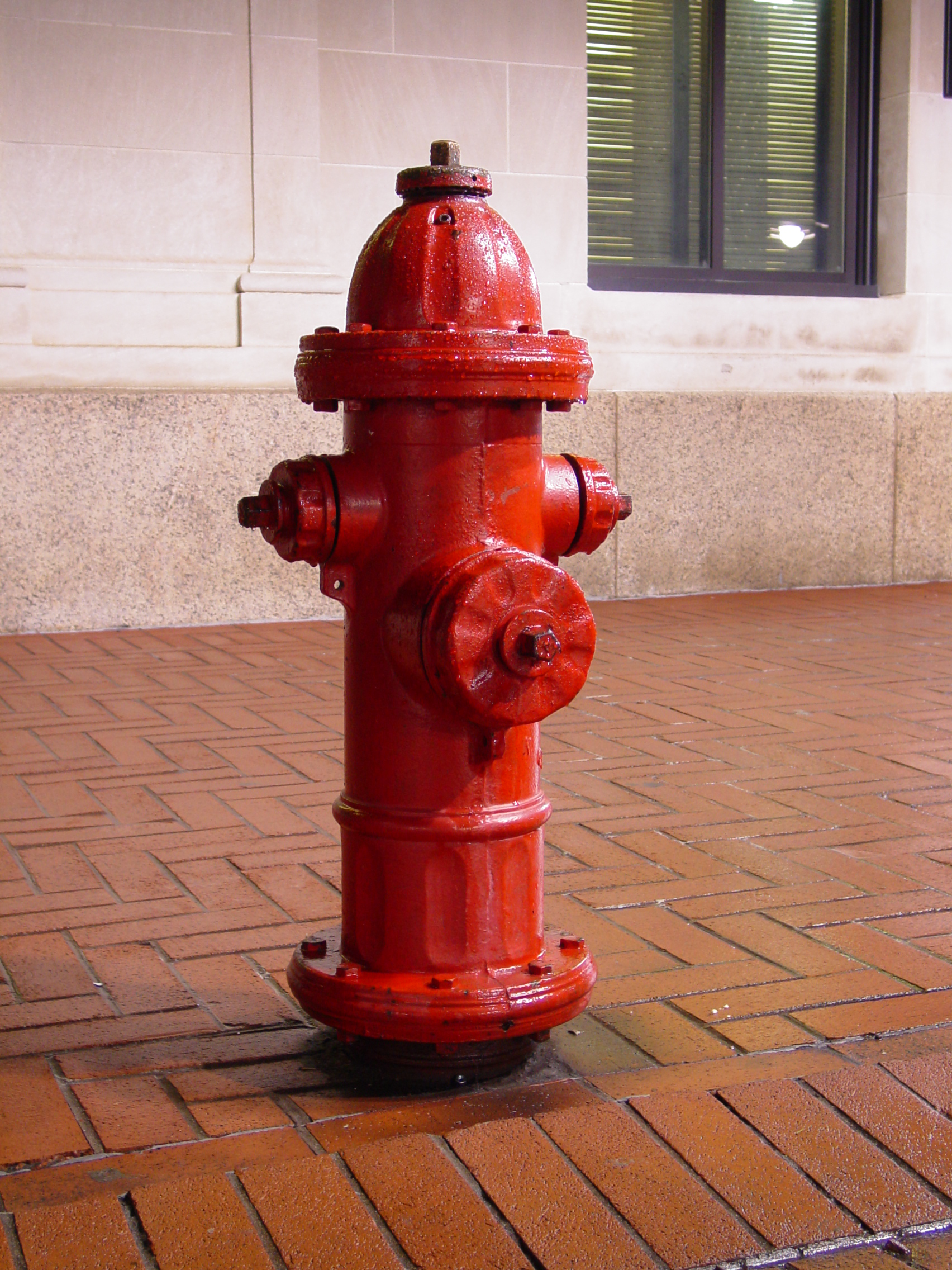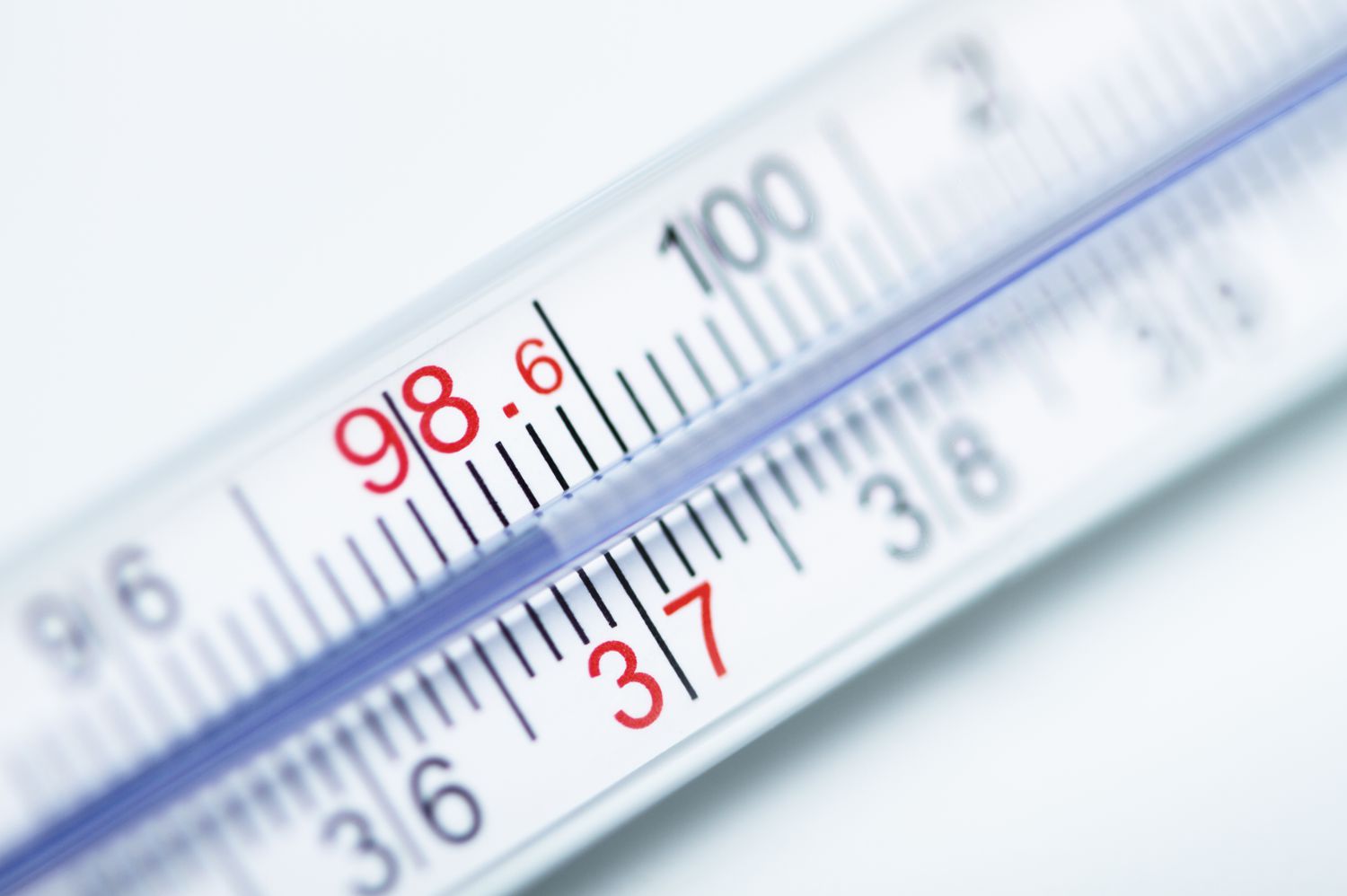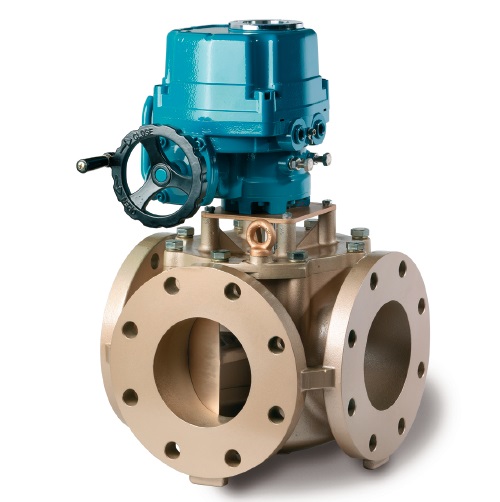What is Piping Insulation? Its Types, Advantages and Disadvantages
Piping insulation is a material that is used to insulate pipes in order to maintain a consistent temperature and prevent heat loss or gain. It is typically made from materials such as fiberglass, foam, or mineral wool, which have good…
What is a Fire Hydrant? Its Types, Working, Components, and Color Coding
A fire hydrant is a device that is used to pump water from a municipal water supply system to extinguish fires. It typically consists of a vertical metal pipe with a valve at the base, which can be opened to…
Mastering Pipe Welding Positions: Understanding the Different Positions
Welding positions refer to the angle at which the welding process is performed. The position of the welder and the workpiece relative to each other determines the welding position. The five most common welding positions are flat, horizontal, vertical, overhead,…
Fatigue Analysis: Definition, Methods, Types, Reasons, Failure Criteria
Fatigue analysis is the process of determining the structural integrity of a material or component under repeated loads or cycles over a period of time. The goal of fatigue analysis is to predict when a material or component will fail…
What is Metal Galling? Its Causes, Mechanism, Susceptible Metals, Prevention
Metal galling, also known as cold welding or adhesion, is a type of wear that occurs when two metal surfaces are in contact and slide against each other. This can happen when two metal parts are tightened against each other,…
What is Temperature? Units of Temperature and its Measurement
Temperature is a measure of the thermal energy or heat of an object or substance. It is typically measured in units of degrees Celsius (°C), degrees Fahrenheit (°F), or kelvins (K). The most common scales are the Celsius and Fahrenheit…
Various Types of Pipe Clamps for Piping and Plumbing Industry
Pipe clamps, also known as geoducks (pronounced “gooey-duck”), are a species of large saltwater clam that are native to the Pacific coast of North America. They are the largest burrowing clam in the world and can live for more than…
What is Temperature Control Valve? Working, Application, and Types Explained
A temperature control valve is a type of valve that regulates the flow of a fluid (such as water or steam) in order to maintain a desired temperature in a system. These valves typically use a thermostat or temperature sensor…
What is Desander? Types, Working, Feature and Selection of Desanders
A desander is a hydro cyclone base tool that separates sand and other solid particles from liquids. It is used in the oil and gas industry to clean drilling fluid before it is pumped back to the wall. This helps…
Overview of Navisworks: Components, Versions, Functions, and Advantages (PDF)
Navisworks is a plant review software commonly used by plant design professionals in various industries, including construction, oil and gas, chemical and petrochemical, power, metal, mining, and more. This software is specifically designed to aid in the review and analysis…
























